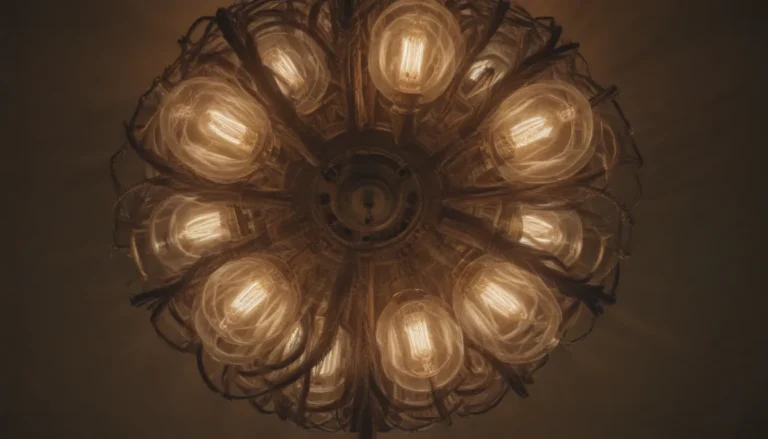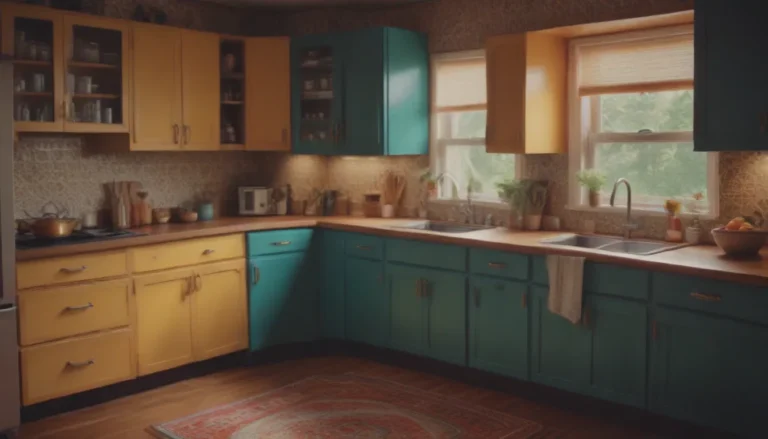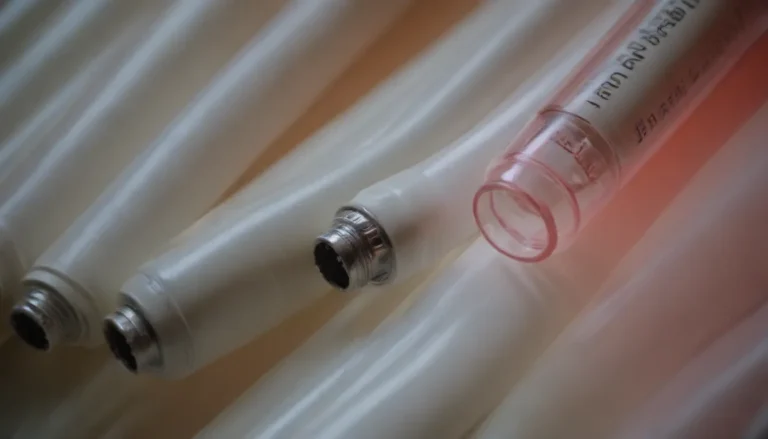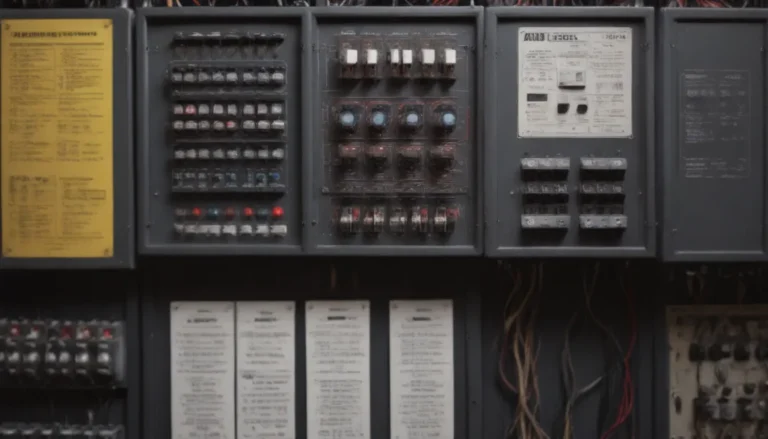The Ultimate Guide to Choosing the Best Cement Boards for Your Shower
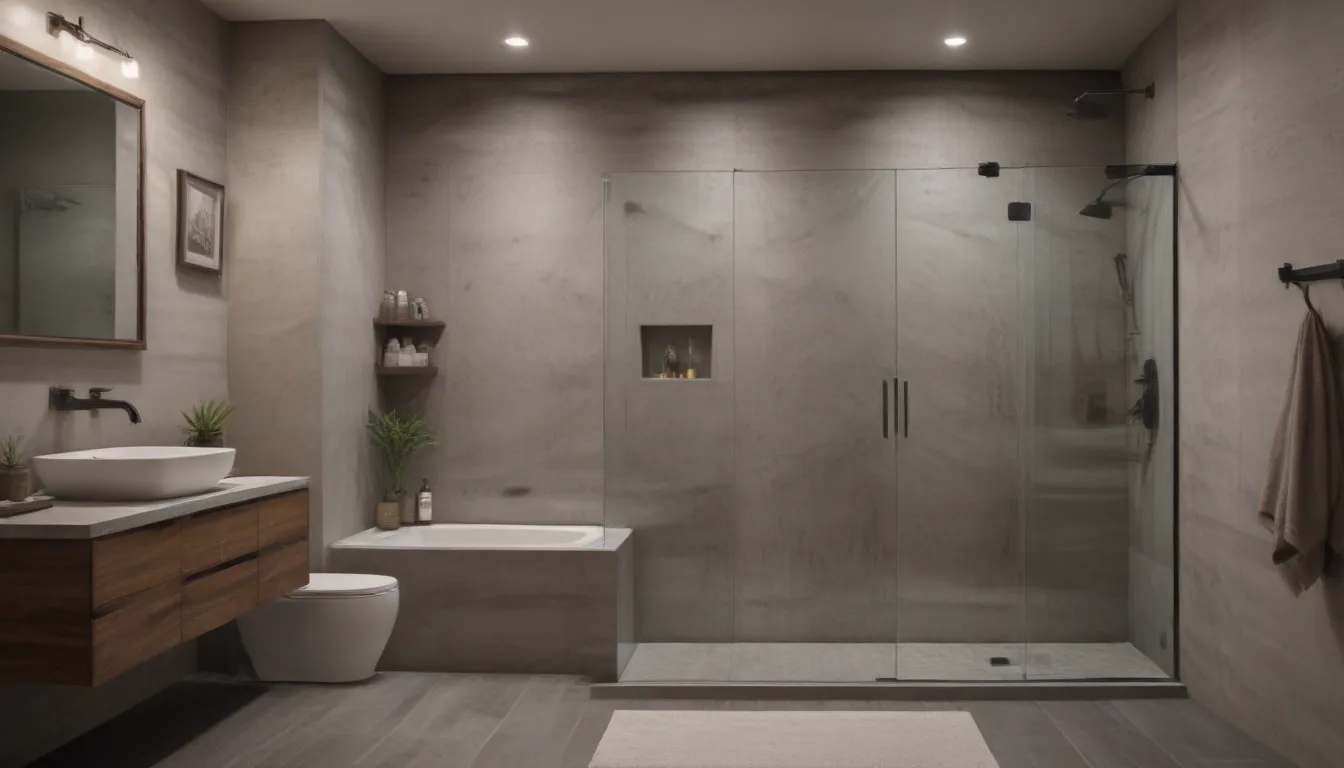
Showers are the most moisture-rich environment in your home, making it essential to ensure that your shower is waterproof and properly protected from water damage. When it comes to installing tile in your shower, having the right substrate is key to a successful and long-lasting installation. One of the most popular and reliable substrates for showers is cement board. In this in-depth guide, we will explore everything you need to know about cement boards for your shower, including the best cement boards available, how to use them, and what to avoid.
What is Cement Board?
Cement board is a mineral-based board typically measuring 30 inches by 60 inches, designed to provide a stable surface for installing ceramic, porcelain, or stone tile. Available in 1/4-inch and 1/2-inch thicknesses, cement board is crucial for ensuring a flat, flex-free substrate for your tile installation. This sturdy material is essential for preventing tile cracking and ensuring the longevity of your shower walls.
Tip: Cement boards are also known as cementitious backer units (CBUs) and are available under popular brand names such as Durock, Denshield, HardieBacker, and Wonderboard.
In the wet environment of showers and bathtubs, it is important to choose a substrate that is resistant to moisture damage. When water leaks behind shower tiles, it can lead to structural issues, mold growth, and costly repairs. Tile backer boards are made of 100% inorganic materials that resist rotting, shrinking, and delamination when exposed to moisture. When selecting a tile backer board, opt for a minimum thickness of 1/2 inch and always apply a waterproofing membrane to seal it.
Best Cement Boards and Applications for Your Shower
There are several effective applications of cement boards in showers, each offering different levels of waterproofing and tile support. Let’s explore some of the best ways to use cement boards in your shower:
- Cement Board and Plastic Sheeting: In this cost-effective method, a moisture barrier of 4- or 6-mil-thick plastic is installed over the wall studs, followed by the cement board. A roll-on waterproofing membrane ensures complete waterproofing before tiling.
Tip: Fifteen-pound felt tar paper can also be used as an alternative to plastic sheeting in this application.
-
Cement Board and a Liquid Membrane: Cement board is directly installed on the studs, and a liquid waterproofing membrane (e.g., RedGard or Hydro Ban) is applied over the board. Once cured, tiles can be installed over the membrane for a waterproof finish.
-
Cement Board and a Sheet Membrane: Another popular method involves installing cement board on the studs and applying a waterproof sheet membrane (e.g., Schluter Kerdi) with thinset adhesive. This application offers superior waterproofing and uncouples the tile from the substrate to minimize cracking.
-
Membrane-Faced Board Only: Some tile backer boards, such as Georgia-Pacific’s DensShield, come with a waterproof facing on both sides. This integrated membrane eliminates the need for additional waterproofing layers, making installation faster and easier.
The Worst Shower Backer Boards and Applications to Avoid
While cement boards are highly recommended for shower installations, there are several materials and methods that should be avoided due to their lack of waterproofing properties and susceptibility to moisture damage. Let’s look at some of the worst shower backer boards and applications you should steer clear of:
-
Drywall: Drywall is not suitable for shower installations as its paper facing and gypsum core are highly vulnerable to moisture damage. Even minor water exposure can lead to mold growth and crumbling, making it a poor choice for wet areas like showers.
-
Greenboard: While greenboard is slightly more water-resistant than regular drywall, it still contains a gypsum core and paper facing that are not ideal for showers. Many building codes do not allow greenboard in shower applications, and with better alternatives available, it is best to avoid using it.
-
Plywood: Plywood should not be used as a substrate for shower tile installations, as it lacks adequate moisture resistance. Simply painting or priming plywood does not make it suitable for wet areas, and using it in showers can lead to mold and deterioration over time.
Tip: Always consult with a professional tiler or contractor to ensure you are using the correct materials and methods for your shower installation.
In conclusion, the choice of cement boards for your shower plays a significant role in the durability and waterproofing of your tile installation. By selecting the right cement board and application method, you can create a long-lasting, waterproof shower that will withstand daily use and moisture exposure. Remember to prioritize waterproofing and substrate stability when planning your shower project to avoid costly repairs and maintenance in the future.
For more information on mold cleanup in your home, visit the EPA website.
To summarize: when it comes to choosing the best cement boards for your shower, prioritize waterproofing, substrate stability, and compatibility with your tile choice. By selecting the right materials and following proper installation techniques, you can enjoy a beautiful, functional shower that stands the test of time.
